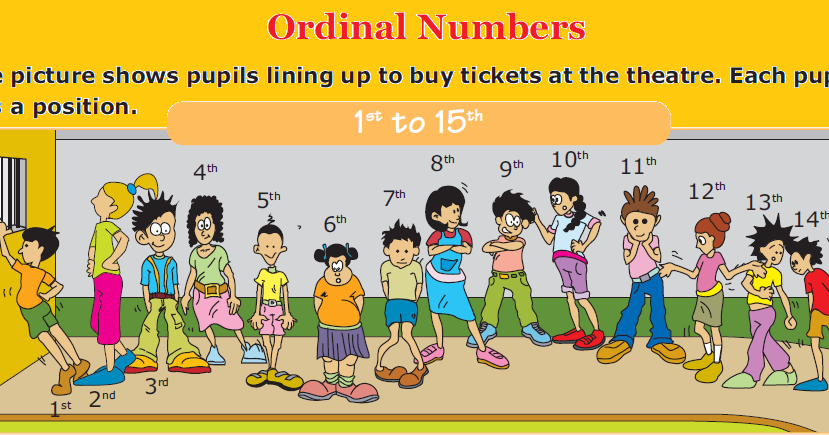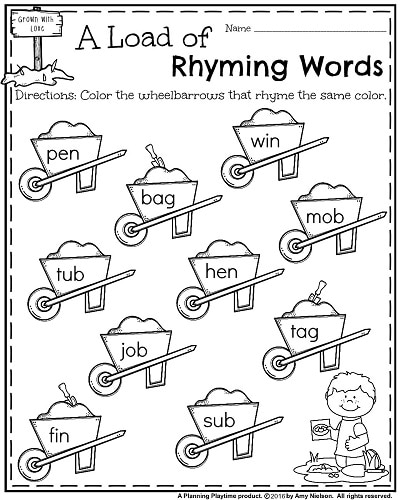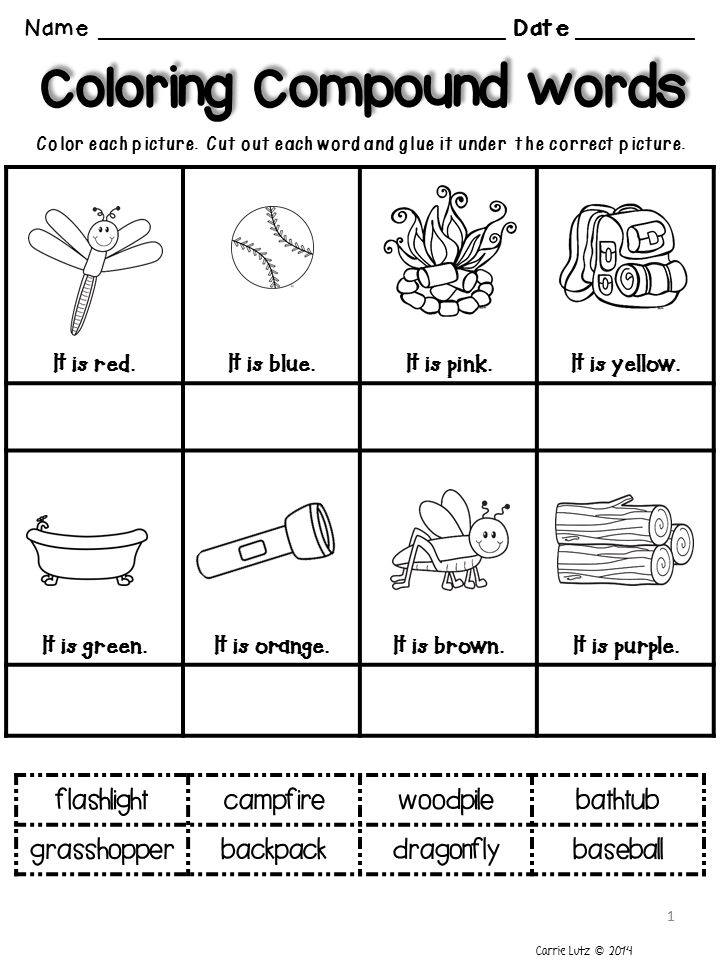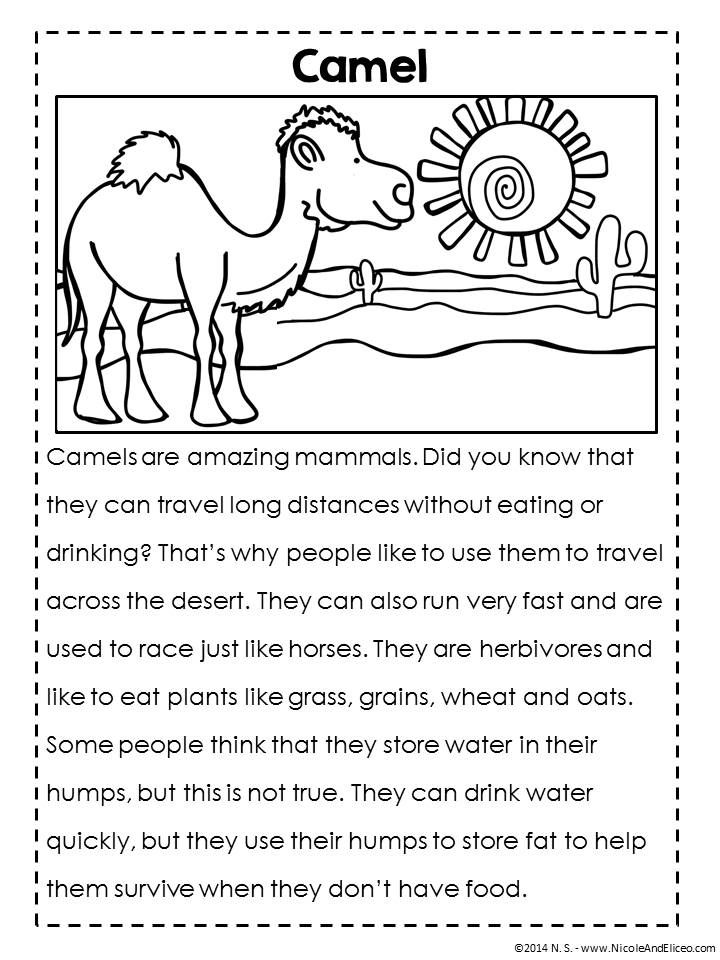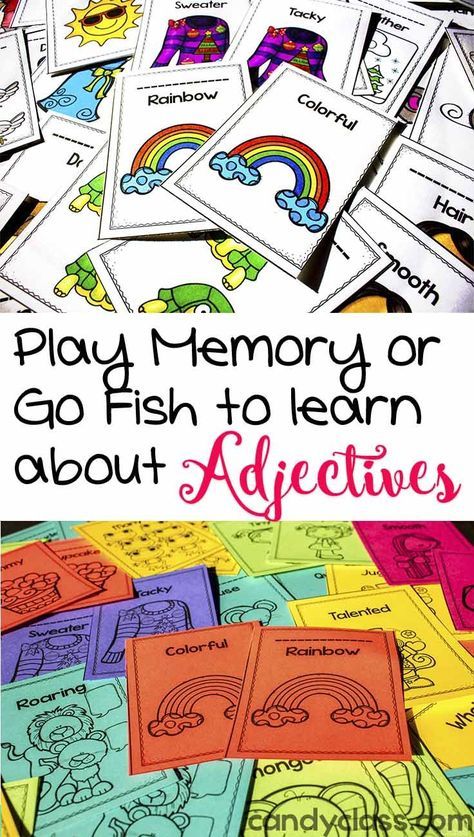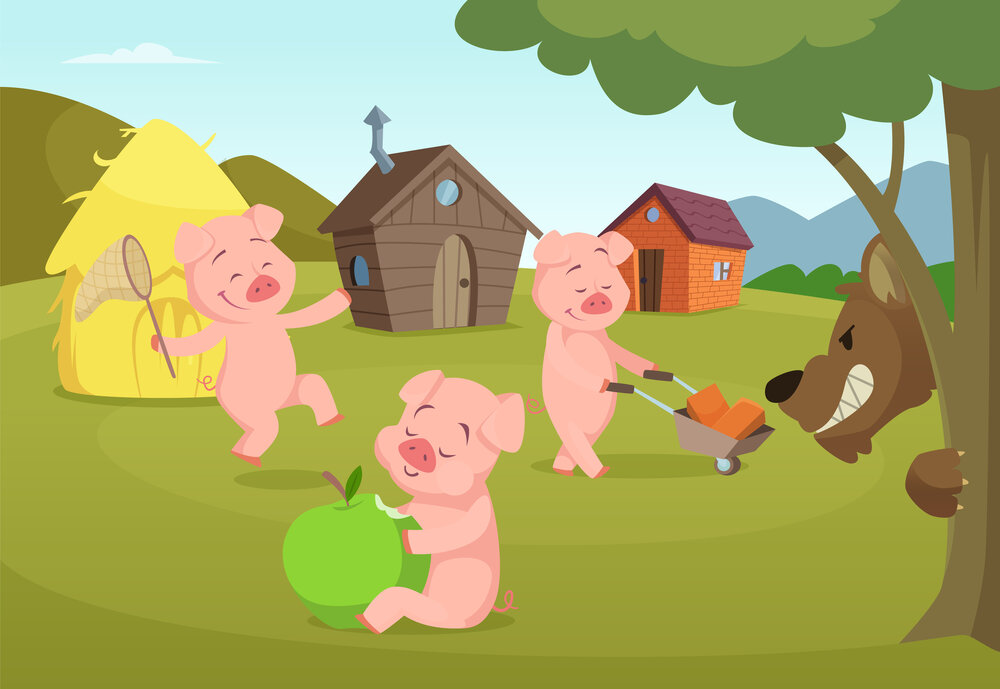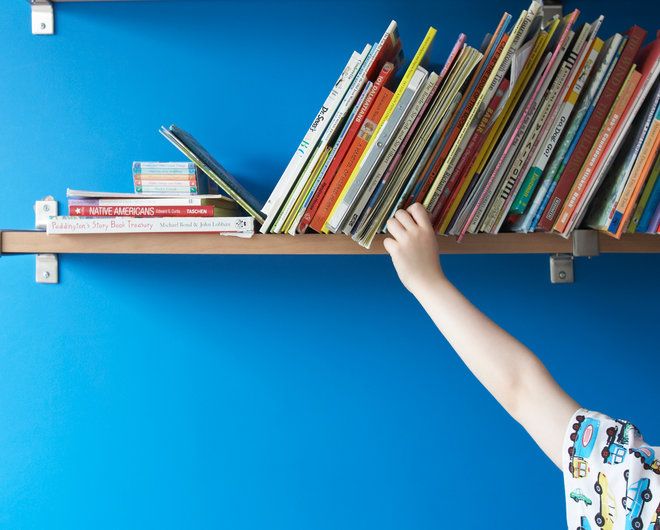Ordinal numbers games
First Grade Interactive Math Skills
Ordinal Numbers - CCSS 1.NBT.3
Links verified on 06/29/2022
1. Car Race. Click Image to Enlarge
Put the race cars in the order they finished the race.  SEE MORE
2. Cardinal or Ordinal? Click Image to Enlarge
Choose whether the number is a cardinal number or ordinal number. Ten self-checking questions. (Can be viewed as a printable handout.)  SEE MORE
3. Get In Line. Click Image to Enlarge
A lesson with practice exercises on exploring ordinal positions.  SEE MORE
4. Maths Chase. Click Image to Enlarge
These games help children learn by repetition and also increase their speed gradually as they become more skilled. Maths Chase allows you to increase the speed you need to answer questions as you become more confident in a fun and engaging way. SEE MORE
5. Ordinal Fill-In (1-10). Click Image to Enlarge
Write the ordinal number for each cardinal number.  SEE MORE
6. Ordinal Fill-In (11-30) -. Click Image to Enlarge
Write the ordinal number for each cardinal number.  SEE MORE
7. Ordinal Number Patterns.
Click Image to Enlarge
Choose the answer that best describes the ordinal position of each pattern.  SEE MORE
8. Ordinal Numbers (VIdeo). Click Image to Enlarge
A simple, animated video to teach kids, the concept of ordinal numbers. An ordinal number indicates the rank of a number (like First, Second, Third, etc.,) in a particular order or position. The video will explain ordinal numbers up to tenth position through an example in which ten kids will be shown standing in a line and each one will be assigned a position in respect of the first kid SEE MORE
9. Ordinal Numbers - [In Spanish]. Click Image to Enlarge
Put the ordinal numbers in the correct order. This resource is in Spanish.  SEE MORE
10. Ordinal Numbers Game. Click Image to Enlarge
Answer each question by selecting the object in the ordinal position.  SEE MORE
11. Practice Ordinal Numbers - (Numbers 1-20). Click Image to Enlarge
Choose the ordinal name for each question.  SEE MORE
12. Practice Ordinal Numbers- (Numbers 1-10). Click Image to Enlarge
Choose the ordinal name for each question.  SEE MORE
13. Quizlet Sets. Click Image to Enlarge
1st grade ordinal number flashcard sets that can be used not only as study tools and games, but also for quizzes/tests. You may find sets that are in Spanish and other languages too.  SEE MORE
14. Spanish Ordinal Numbers Quiz. Click Image to Enlarge
Choose the corresponding ordinal number and translate the phrase. This resource is in Spanish.  SEE MORE
15. Squigly's Apples. Click Image to Enlarge
Squigly is hiding in one of the apples. Click on the ordinal number that tells the order of Squigly's apple. This game has 10 questions. SEE MORE
16. The Cats in Line. Click Image to Enlarge
Look at the cats in a line; determine the ordinal number that describes the position of the orange cat.  SEE MORE
17. Write the Ordinal Number (1-99). Click Image to Enlarge
Timed test (10 minutes) with twenty-five questions. Write the ordinal number given in each question.  SEE MORE
Activities For Ordinal Numbers | EnglishClub
Ordinal numbers can involve pronunciation problems like consonant clusters, syllables added or not (e.g. to 13th and 30th) and pronouncing th, and can also be used as a way of introducing those pronunciation points. In addition, students have to remember the forms. Most of the following activities for practising ordinal numbers are suitable for both adults and young learners.
1. Guess Your Position
Tell students how you are going to ask them to line up in a couple of minutes (e.g. by date of birth, date of their birthday, height, shoe size, number of brothers and sisters, number of times they have been to Disneyland, how long they have spent abroad in their life), and ask each student to guess where they will be in that line, e.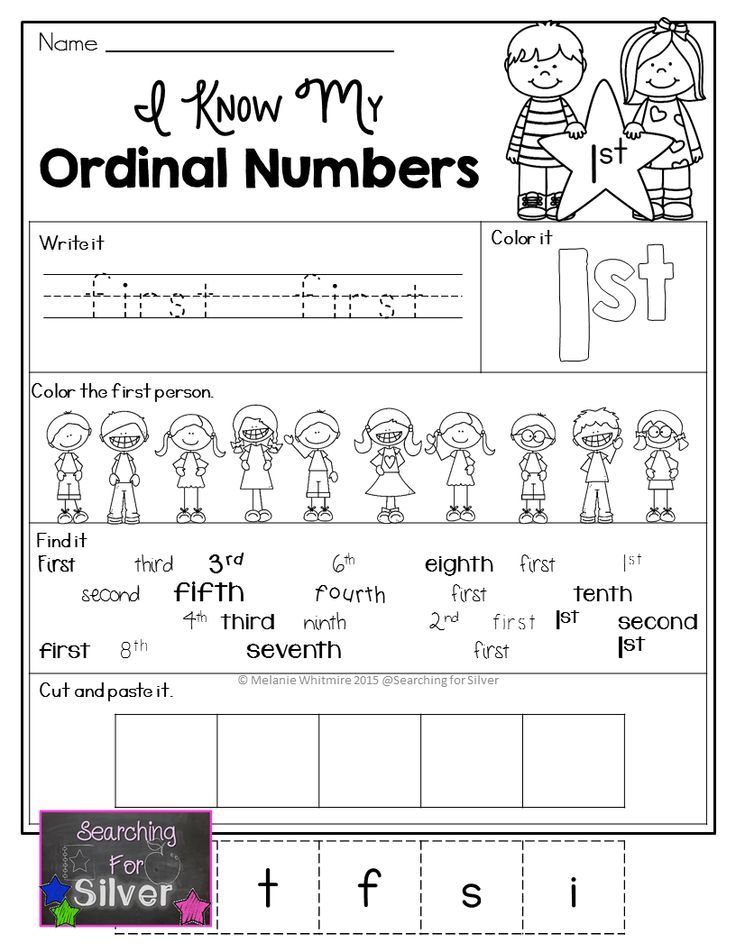 g. “I think I will be (joint) third.” They then ask each other the question to find out that information (e.g. “When is your birthday?”), line up in that order, and get points if they are in the position they said they would be.
g. “I think I will be (joint) third.” They then ask each other the question to find out that information (e.g. “When is your birthday?”), line up in that order, and get points if they are in the position they said they would be.
2. Ordinals Buzz Fizz
Buzz Fizz is a common numbers game that even native speakers play and find fun, and it can be played with ordinal numbers as easily as with cardinal numbers. Students take turns counting up one number at a time, but instead of any multiple of three they have to say “Buzz”, so going around the class or a group you get “First” “Second” “Buzz” “Fourth” “Fifth” “Buzz” “Seventh” etc. People who make a mistake can be made to sit out that round if you like. Once they have got the hang of that, you can also add “Fizz” for all multiples of five, making fifteenth, thirtieth etc “Buzz fizz”.
3. All Kinds Of Counting
An easier counting game is to get students to count up in different steps, starting with just “First” “Second” “Third” etc and then going to steps of two, three, five, ten etc.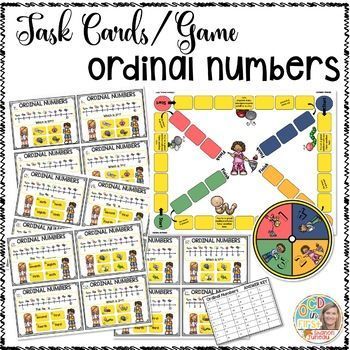
4. Awareness Of Rank
Get students to guess the position of things in world or local rankings, e.g. “Where is the Thames in a list of Europe’s longest rivers?” This takes quite a lot of research, but if you have access to computers with the internet in class students can research and make the questions for each other.
5. Rank Trumps
Produce a set of cards with a category of things that are similar to each other, e.g. one famous building on each. Each card should have some appropriate data about those things on it, e.g. speed and acceleration for cars or number of young and average lifespan for animals. Split the students into groups of between three and five and give them three or four cards each. One student should choose one of the pieces of data and say its name, e.g. “Height”. Each student should then guess where one of their cards could go in a ranking of all the cards in their group, e.g. “I think this card here will be first.” They then tell each other all the information and check the positions of the cards they chose, getting one point for each correct guess.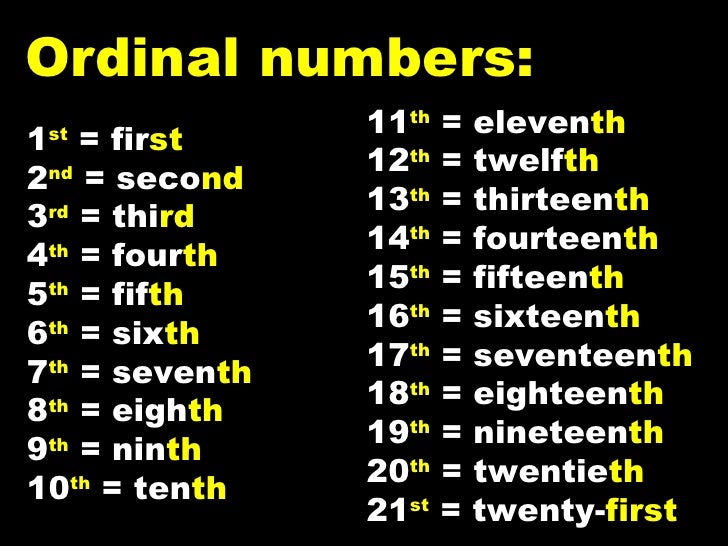 This can also be played as a team game with between three and five cards per team.
This can also be played as a team game with between three and five cards per team.
6. Which Time?
The teacher or a student does the same thing many times, with one time being subtly different. The other students then say which time they think was different, e.g. “The tenth time was ‘sheet’ instead of ‘seat’”, “The sixth time you said ‘Can I help you?’ wasn’t polite” or “The sixth word wasn’t a vegetable”. As with these examples, this works well for pronunciation points and lexical sets.
7. Instant Sequences
Students are asked a question about where in a well-known sequence someone or something is and race to say the right ordinal number, e.g. “Which position is February in months/Bill Clinton in the Presidents of the United States/‘Thou shalt not kill’ in the Ten Commandments?”
8. Ordering Ordinals Storytime
Give students between 10 and 20 cards with pictures or vocabulary on that they can use to tell a story. They work in pairs to decide on a story and put the cards in order, then change pairs and tell their stories one picture at a time to someone else.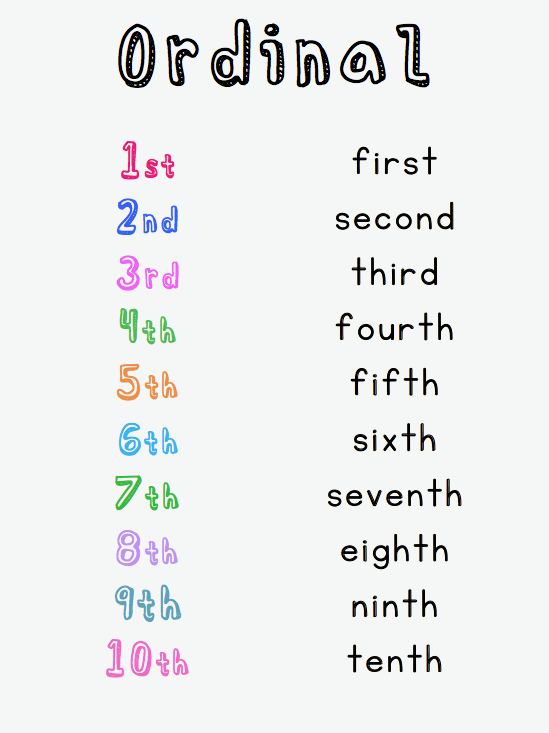 After each sentence, that person has to guess which picture the person telling the story put at that point and tell them using ordinal numbers, e.g. “I think this was your fifth picture”.
After each sentence, that person has to guess which picture the person telling the story put at that point and tell them using ordinal numbers, e.g. “I think this was your fifth picture”.
10 Number Learning Games in English
Let's talk about numbers today. What can be done with them? Yes, anything - draw, invent associations, paint, cut, sculpt, decipher (my children love to play translators of secret magical languages) and so on!
The main task of teachers is to motivate children, arouse interest in English, love it and love the learning process. What do children love? Children love to play and have fun. I propose to use this method to memorize English words and anchor the English language with positive emotions, so that for the child it would be like a mini-holiday, so that he would run to the lesson with pleasure!
How to memorize numbers in English?
Decoding of magical signs
The top position is always played by decodings from magical languages.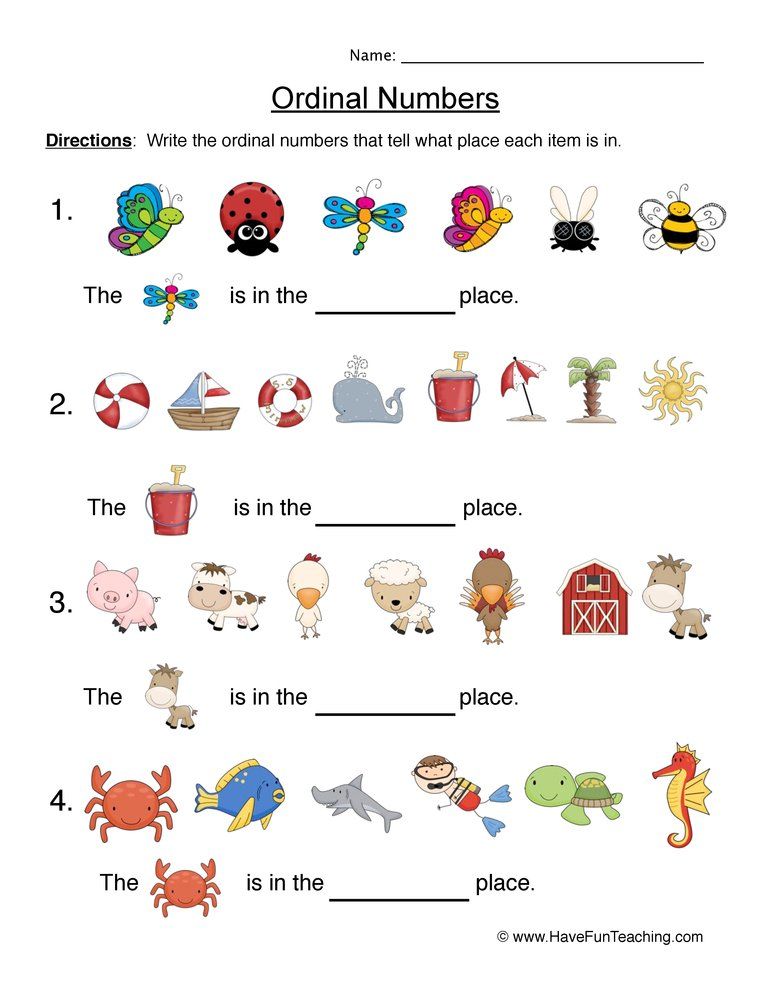
I "encrypt" English letters, the children translate. For example,
JI☼ - what is it?
Below they are given a “translator”
J— o
I— n
☼- e
And the children make words (only icons in the translator, of course, for each letter of the English alphabet).
Here are some more examples of how to teach numbers in English.
1) Thumb up! Down!
I use this technique both for memorizing the alphabet (if you are interested, here is the article: "How to learn English letters and sounds"), and for memorizing the numbers of the English language. Thumb up - pronounce numbers in English in order, thumb down - in reverse order.
2) Forbidden number
We stand in a circle and throw a ball to each other, but each new circle we assign a forbidden number. When the turn of the forbidden number comes, instead of saying it, you need to perform some action that you discuss together during the game (clap your hands, stomp, crouch, jump, etc.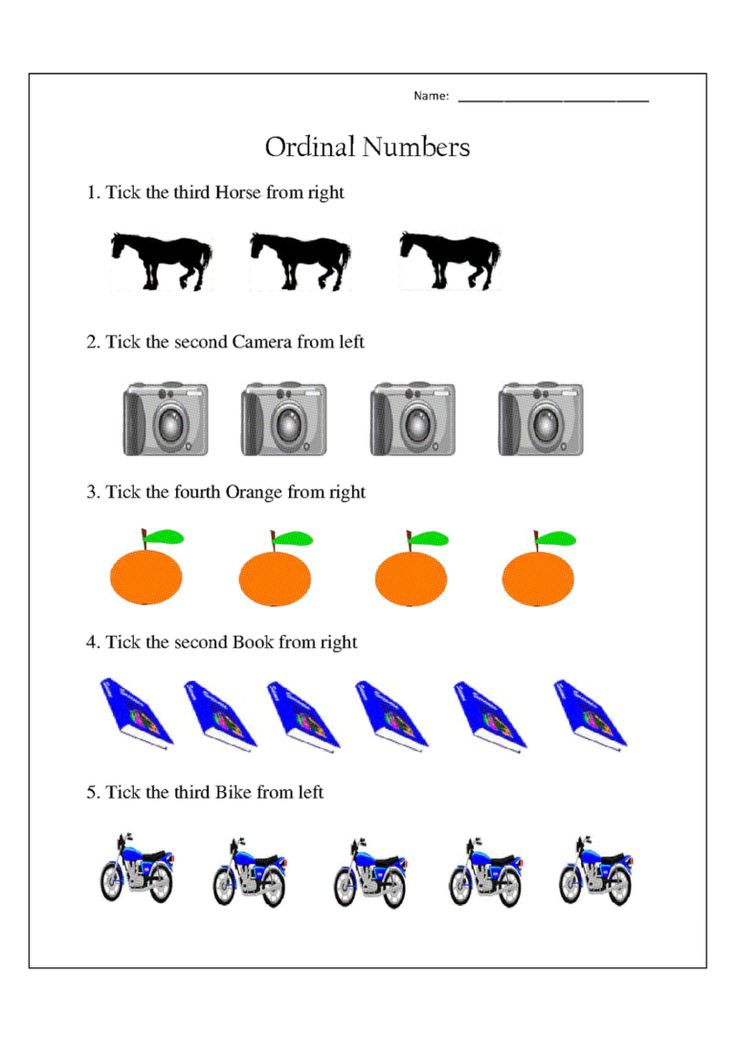 ). Great for memory development and fun for kids!
). Great for memory development and fun for kids!
3) 2 balls
There are two balls this time. For example, green - count in order, yellow - in reverse order. We throw not in turn, but the balls work in a circle at the same time ... Even my brain breaks down 🙂
4) Match
For speed in two teams, you need to compare the numbers with the words denoting them.
5) Cut and put together
We write the learned numbers in English on the cards in capital letters, cut them into pieces of different sizes and shapes, and the children must collect these pieces for a while.
6) Bingo!
We also already wrote about this game in the article "Games for children to memorize words." The meaning is the same, but we only use numbers in English instead of letters.
7) What's missing?
We lay out the cards with numbers, first in order, then in a scatter. The children close their eyes and the teacher hides one of the cards. Opening their eyes, the children say what is missing.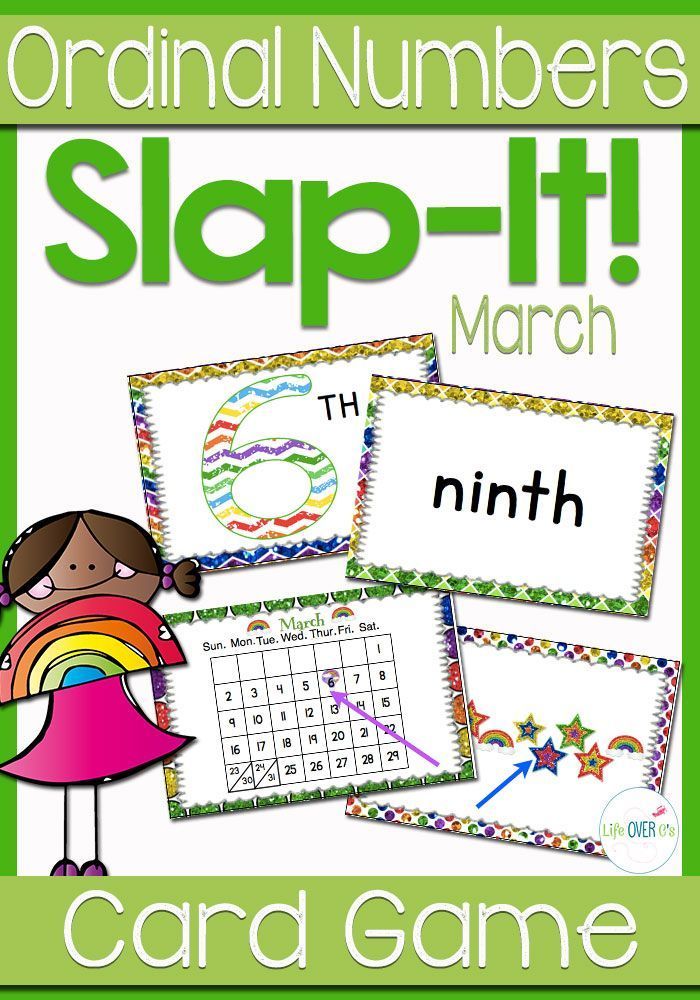
And it's not enough just to guess, you also have to find it, the children look around the class, and the teacher says where it's warm and where it's cold.
8) Songs, chants
The songs are usually very simple, but the children like them and stick to their memory. When the lesson ends, everyone continues to sing songs. And so am I. 🙂
9) Maths
Many children do not like math at school, but for some reason they love English math!))
10) Energizing numbers
Children get tired of sitting for a long time, nothing energizes them like movement !
We come up with (all together) funny moves for each number (for example, “one” – jump on one leg and shout “Hurray”!). Then the teacher randomly calls out the numbers (or, alternatively, you can make a colorful round pinwheel out of paper, pierce the center with a pencil and put a paper clip on the pencil to indicate the number), and the children imitate the movement. I am amazed every time how good their memory is (when they are not asked to "remember" but just play.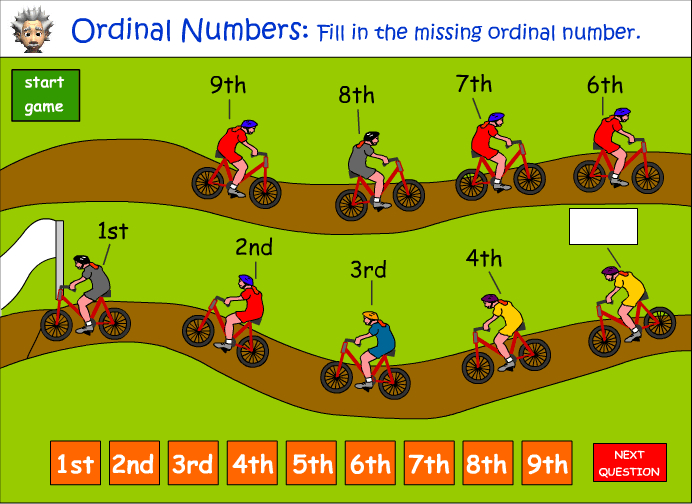 .. well, at least they think so)!
.. well, at least they think so)!
Crossword
To reinforce the learned numbers in English, we offer you a crossword , which you can solve together with your child. You need to solve a mathematical problem, and write the answer in English in the appropriate field.
You can also download an empty and completed crossword:
Empty crossword: link
Completed crossword: link
Good luck to you! We look forward to your advice, additions and methods.
If you find an error, please highlight the text and press Ctrl+Enter .
Games, puzzles, puzzles on the topic numeral
This page contains materials for preparing for lessons, competitions, children's Olympiads, intellectual games on the topic numeral. You will find puzzles for finding numerals in poems, games with numbers and words, crossword puzzles and word puzzles about numbers.
Separate pages contain materials on the following topics:
- riddles;
- proverbs;
- tongue twisters;
- verses and rhymes;
- crosswords;
- phraseological units.
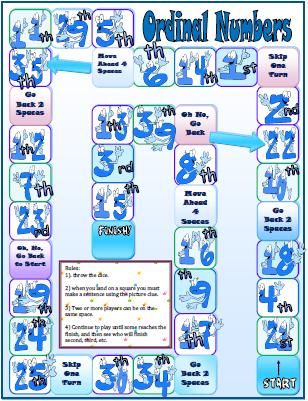
For some competitions, questions about the names of large numbers are suitable. Below you will find fun and interesting games, puzzles, crossword puzzles about numbers and numerals.
Games
1 Chain game.
The game can also be played in extracurricular activities. Children sit in a semicircle. The host pronounces a combination of a quantitative numeral with a noun in the indirect case (for example, with two hands), after which the participants in the game pass this word “along the chain”, taking the next numeral in order and picking up a new noun (three days, four chairs).
2 Game “Who is faster?”.
The combinations are written on the back of the board: 10 tons, 8 floors, 20 kilometers, 1 day, 19 places, 4 motors, 2 humps, 9 knots, 17 meters, 15 flats, 3 layers, 6 volts, 11 classes, 5 signs, 12 minutes, 16 kilograms, 18 grams.
Then the board is turned over, and the children are asked to form a compound adjective with suitable nouns from these combinations (for example, 10 tons - a ten-ton truck).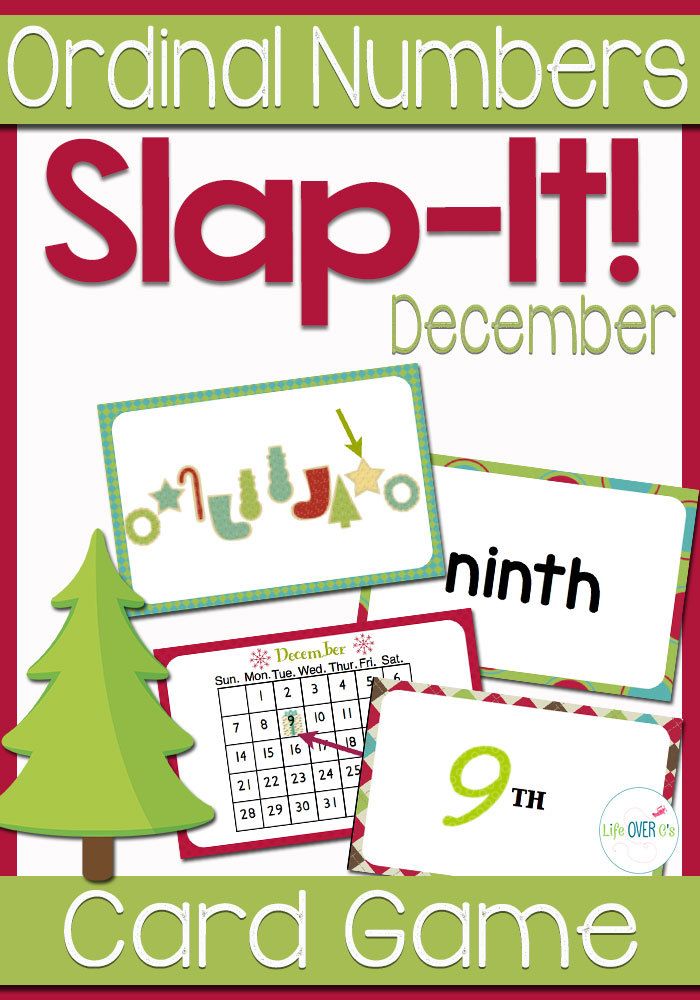
It is desirable to complete the work in writing.
3 Game “Guess the words”.
- I know two amazing Russian words, - said Pinocchio. “One has seven identical vowels, and the other has forty.
— O wisest of youths! exclaimed Hottabych. “You cannot be wiser than me, an old wizard and mage. I found four more surprising words in Russian: each of them has a hundred identical vowels, and in one word there are two "l".
(Answer: seven, forty-a, one hundred, one hundred, one hundred, one hundred, two and a half)
Problems
1 Be careful!
The teacher writes on the board the following numerals with nouns in brackets. The task of the students is to write the numerals in words, agreeing them with the nouns and using, where possible, collective numerals.
2 (friend), 5 (feather), 3 (day), 6 (oar), 2 (fork), 5 (broom), 4 (rake), 7 (loop), 9 (pine), 4 (girl) , 8 (board), 6 (daughter), 10 (gram), 12 (orange), 7 (tablecloth), 9 (order), 11 (cherry), 13 (village), 15 (hectare), 12 (kilogram) .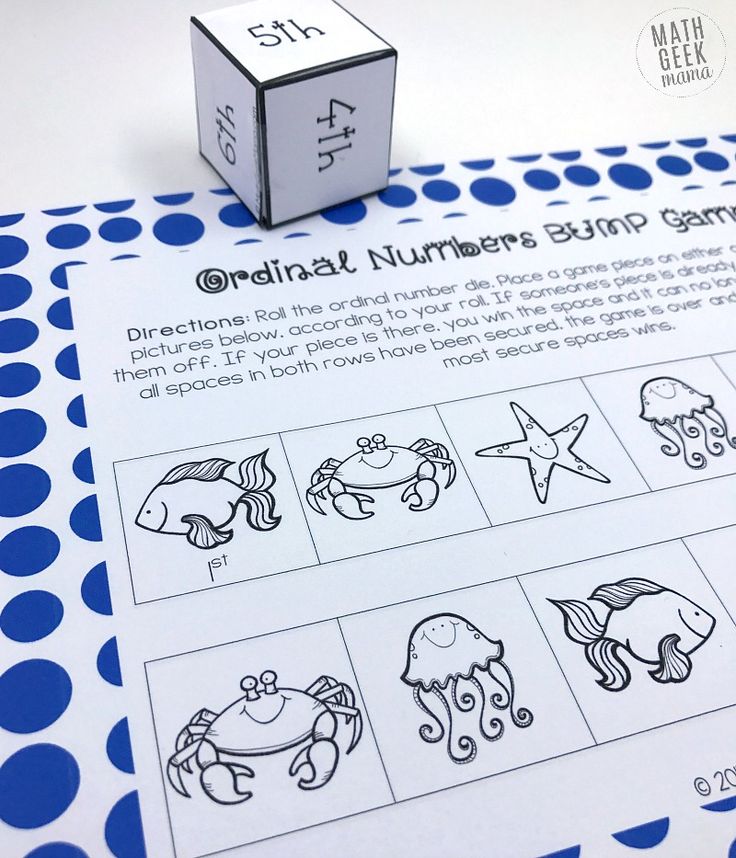
2 Who is bigger?
A) In a conditional time, it is necessary to write down the largest number of proverbs, sayings, lines of songs and poems containing cardinal numbers. (One is not a warrior in the field. Two pair of boots. Cry in three streams.)
B) You need to pick up and write down more nouns and adjectives, which include numerals. (Ancient, sixth-grader, seven-colored, etc.)
Grammar problems
- In which compound words is tre- written instead of three-? (Tri-headed, trident, trident, tripod, tripod, triangle, tripod, etc.)
- How to use nouns hours, scissors, days with numerals two, three? (Two / three / four hours, scissors, days.)
- What ordinal number changes (declines) especially, different from the others (The third one is like a fox.)
- Name the numerals that are written with double consonants. (Eleven, one million, one billion.)
- What numerals in one of the indirect cases are written with two or even three ь? (Eight, eighty.
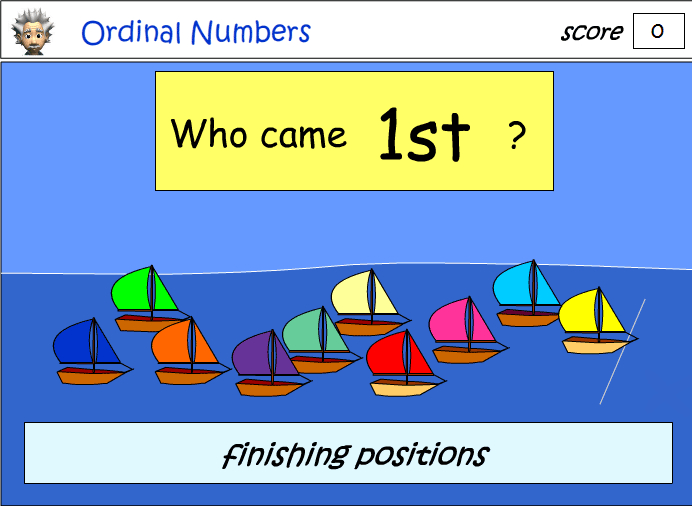 )
) - Name ordinal numbers with two doublings of consonants. (Millionth.)
- What numerals have generic differences? (One, two, and all ordinals.)
- Which ordinal numbers are not related to their corresponding cardinal numbers? (First, second.)
Rebuses
Guess the words encrypted in the rebuses.
Answers: 1. Dmitry. 2. Swifts. 3. Six. 4 Family. 5 Eight. 6. Trio. 7. Tribune. 8 Knitwear. 9. Basement.
Charades
Numeral plus vowel -
Ensemble in beautiful music.
(Three-o)
The first digit is in the middle,
Letters from the beginning and letters from the end.
And in general - forests, cities and plains,
Hearts are full of love for the whole.
(R-one-a)
The number is the first part of the charade,
The second part is one of the notes,
And you need to add a letter to them,
Any of you will find the answer:
He is a master, he can make you
Buffet, bench, wardrobe, sofa.